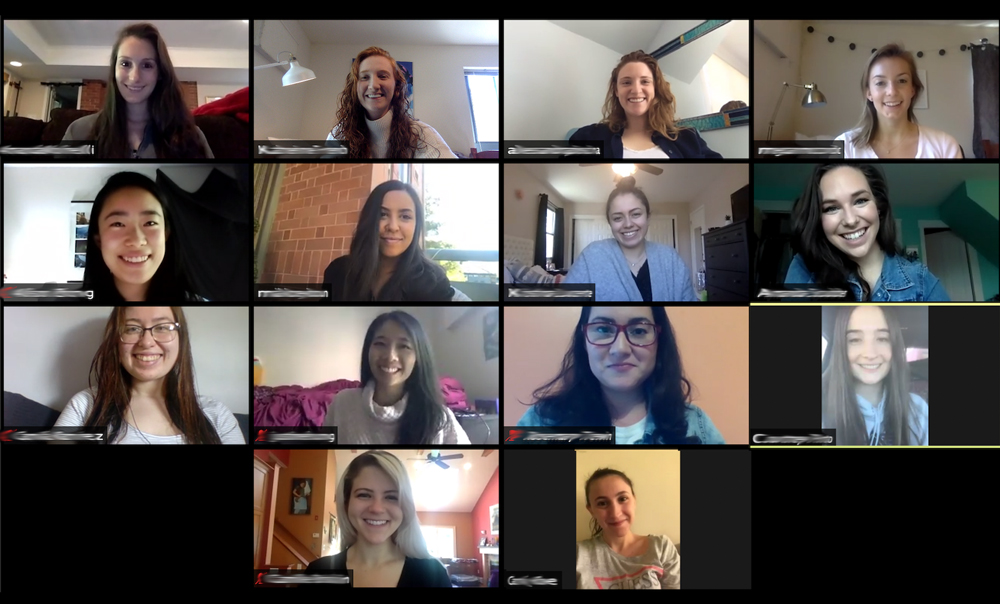Medical Students Deliver a COVID-19 Resource Guide for the Community
When the first- and second-year medical school curriculum transitioned to remote learning in early March of 2020 and the magnitude of the COVID-19 outbreak became apparent, in true New York Medical College (NYMC) fashion, a group of medical students brainstormed about how they could help the community at large.

With restrictions on medical students providing clinical care and State mandated social distancing in order to flatten the curve, a group of medical students led by Katherine French and Alessandra Piscina, members of the School of Medicine (SOM) Class of 2022, decided to develop an online resource guide for Westchester County with up-to-date information and resources available to the community.
The live document is organized and updated regularly by medical students to provide important information about the COVID-19 pandemic including outbreak updates and statistics, health and wellness information, and community resources available in Westchester County. The document is also available in Spanish.
“Within three weeks of the first confirmed COVID-19 cases in Westchester County, the document was made available to the public,” explained Ms. French. “The project serves as a remote volunteer opportunity with which pre-clinical medical students can serve their community.”
The goal of the resource guide is to provide a centralized location for laypersons to learn about COVID-19 and its impact both locally and nationally. With an interactive table of contents for easy navigation and links for additional information, the guide contains outbreak statistics, New York State government actions and mandates, practices to keep individuals and their contacts safe and healthy, and information on testing methods and local testing locations. The majority of the guide is dedicated to social resources available in Westchester County including food banks, childcare services, housing resources, employment information, resources for specific communities—such as healthcare providers, people with disabilities, senior citizens, undocumented immigrants, and others—as well as domestic/sexual violence resources and mental health services.
The resource guide team consists of first- and second-year medical student including two editors-in-chief, eleven contributors and two English to Spanish translators. The document is shared via social media and to members of the NYMC community including clinicals preceptors in the Foundations of Clinical Medicine course, who may find it useful to share with their patients. It has also been shared with local organizations and is available on the on websites of the Children’s Environmental Health Center of the Hudson Valley and Feeding Westchester. In addition, the guide was shared with the health education staff of the Westchester County Department of Health.
“All too often healthcare is portrayed as a resource that individuals must seek out when in need. For example, people go to the hospital or people go to their doctors. At this stage in our medical training, rarely do we experience the importance of physicians entering their communities and seeking out patients’ specific needs,” said Ms. Piscina. “In the process of distributing the document, we found that our own social networks and the networks of the physicians with whom we collaborate were in some ways limited. We realized the need to communicate directly with community members and local social organizations to determine what people truly could benefit from. Physicians must engage with the residents of their communities to best address their needs.”
“Creating this document encouraged students to synthesize healthcare knowledge in a manner accessible to the public. Moreover, its development forced contributors to reflect broadly on the social ramifications of the COVID-19 pandemic, as well as the accompanying hardships faced by different populations during periods of social distancing and government-mandated shutdowns,” said Ms. French. “Looking forward, we hope that this document can serve as a launch point for building and maintaining relationships between the NYMC community and local organizations in Westchester County. While this project was forged in response to crisis and designed to deliver virus information and social resources to communities in need, we now envision it as paving a path towards improved community engagement for NYMC students beyond the COVID-19 pandemic.”
